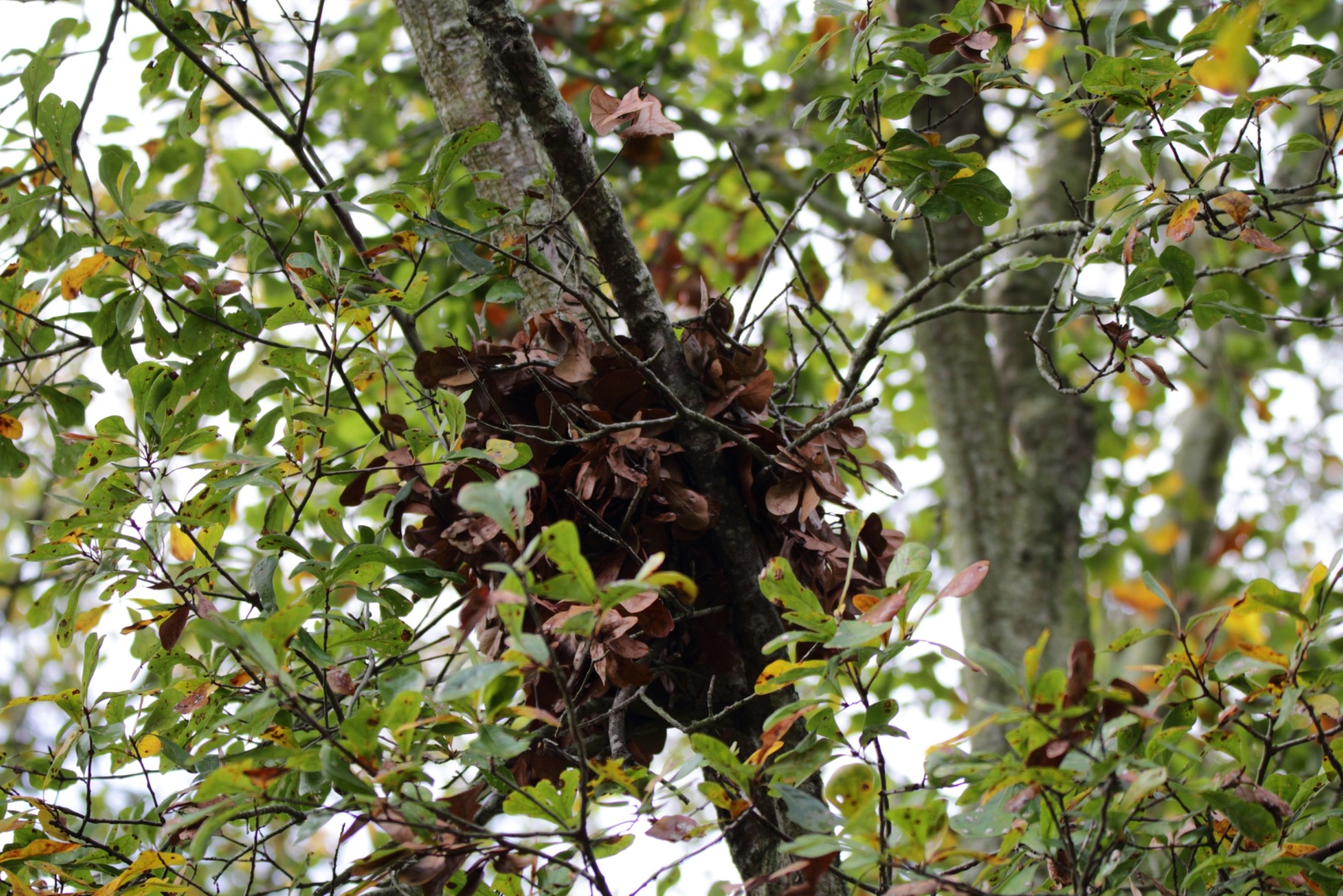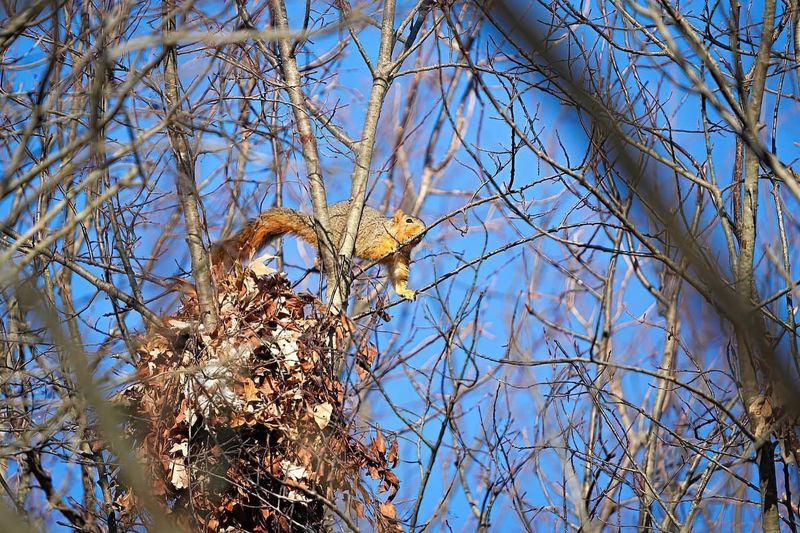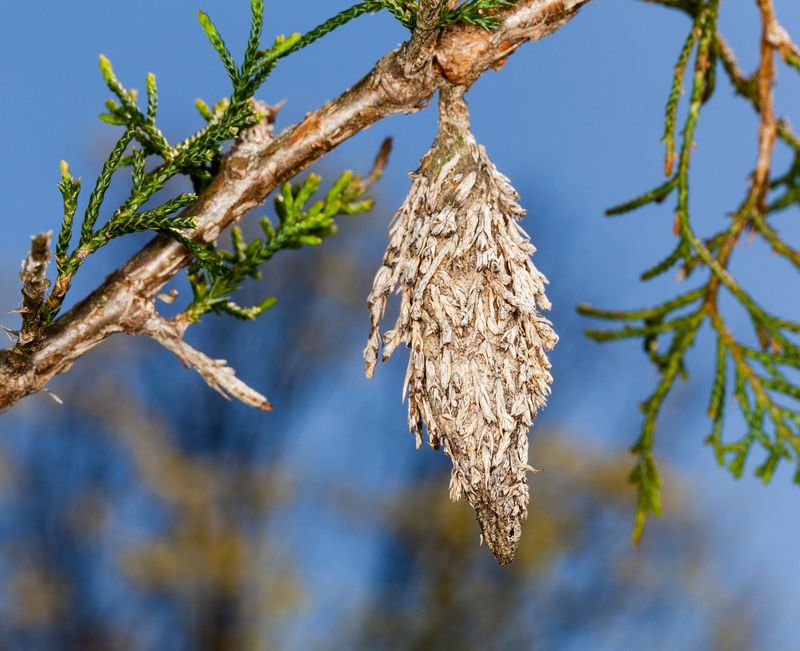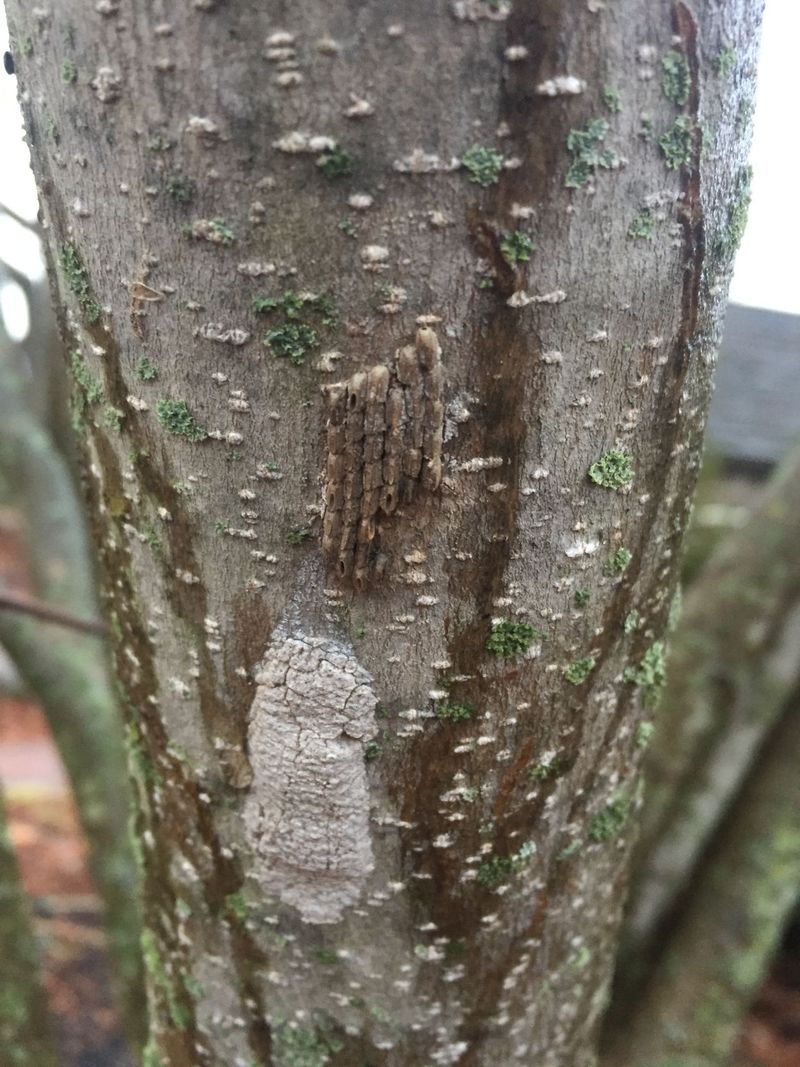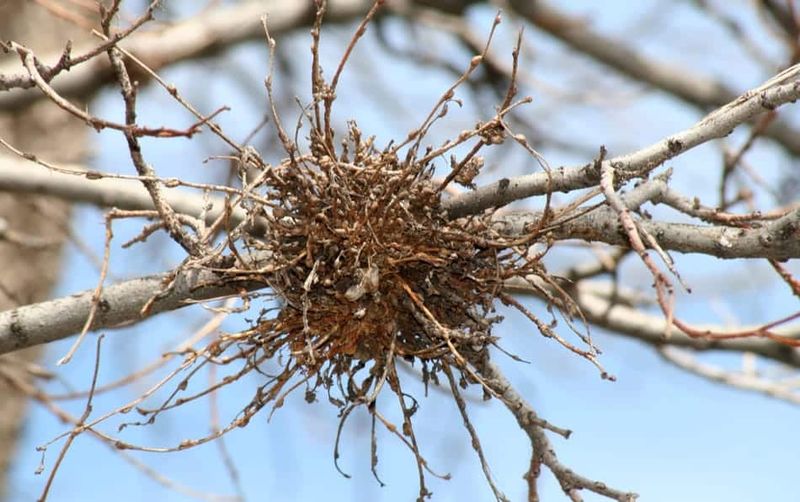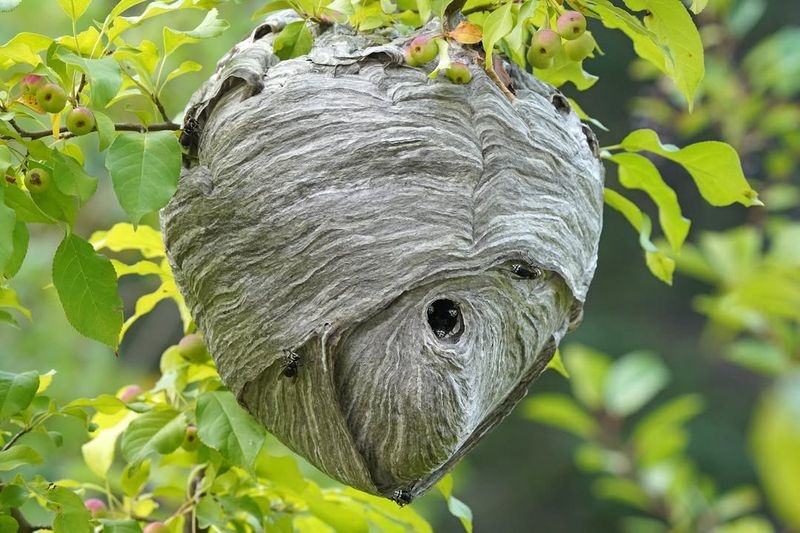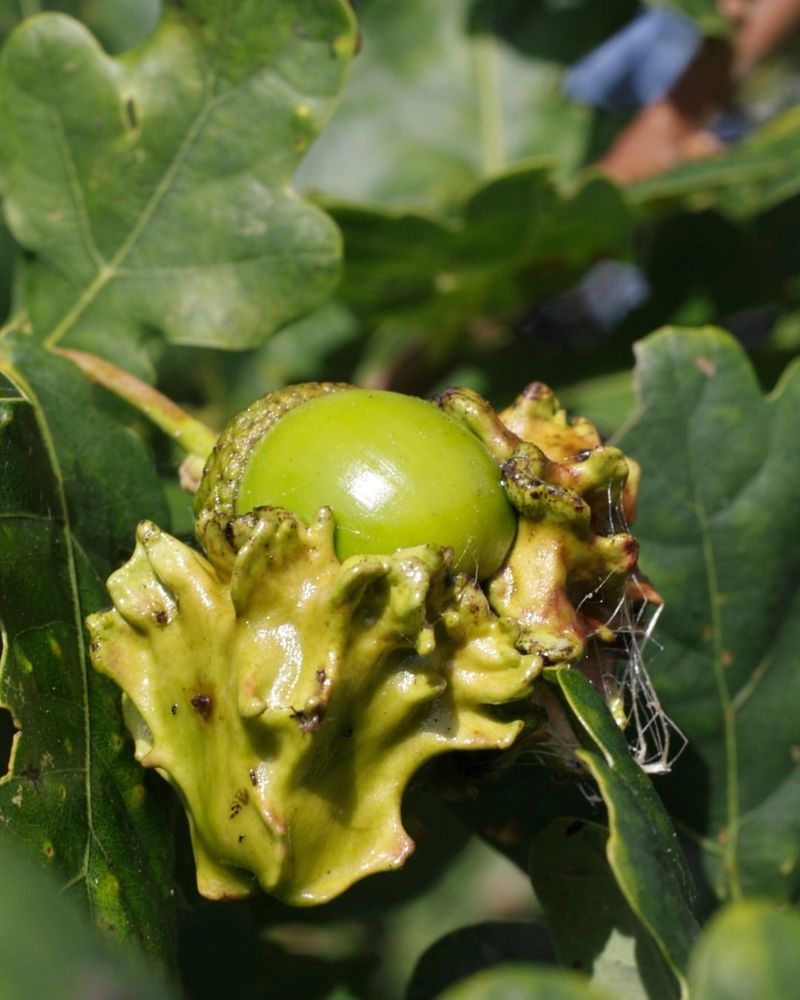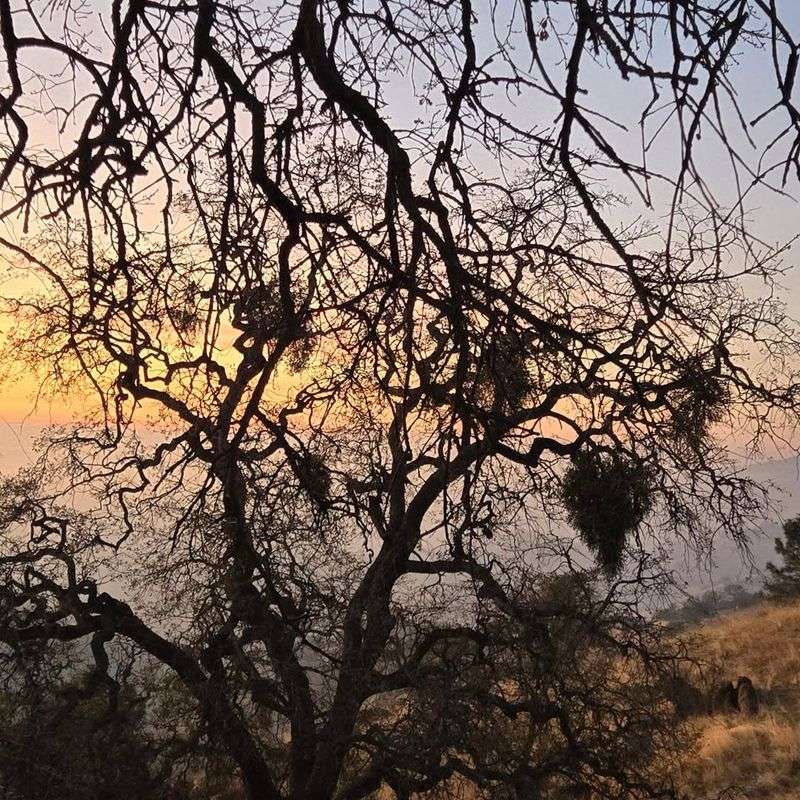When you glance up at the trees in your Massachusetts yard, you might spot what looks like a bird’s nest tucked among the branches. But not everything round and tangled up there is actually a nest!
Some of these mysterious clumps could be insects, plant growths, or even animals you never expected. Learning what’s really in your trees can help you protect your yard and understand the wildlife around you.
1. Squirrel Dreys
Gray squirrels build these leafy homes high up in tree branches, and they look surprisingly similar to bird nests from below. A drey is basically a squirrel’s cozy apartment made from twigs, leaves, and bark all woven together into a ball shape.
Unlike bird nests, dreys are much bigger and messier looking, often about the size of a basketball. Squirrels use them year-round for sleeping, raising babies, and staying warm during harsh New England winters. If you see one, leave it alone—there’s probably a furry family living inside!
2. Bagworm Cases
Ever noticed small cone-shaped bags dangling from your evergreen trees? Those aren’t tiny nests but rather bagworm cases, which are actually caterpillar homes made from silk and bits of leaves or needles.
Bagworms can seriously damage trees by munching on foliage, so spotting them early matters. Each case holds a single caterpillar that eventually turns into a moth. During winter, these cases hang empty after the moths emerge, but they still look like miniature mystery nests swaying in the breeze.
3. Gypsy Moth Egg Masses
Gypsy moths have caused major headaches for Massachusetts tree owners for decades. Their egg masses look like fuzzy tan or beige clumps stuck to tree bark, almost resembling small abandoned nests or foam insulation.
Each mass contains hundreds of eggs covered in hair-like fuzz from the female moth’s body. Come spring, tiny caterpillars hatch and start devouring leaves like there’s no tomorrow. If you spot these masses between July and April, scrape them off into soapy water to protect your trees from serious damage.
4. Witches’ Broom Disease
Imagine a tree suddenly growing a crazy tangle of dense branches that looks like someone stuck a giant broom in the canopy. That’s witches’ broom, a weird plant disease caused by fungi, insects, or viruses that makes branches grow abnormally.
These growths can fool anyone into thinking a huge bird built a massive nest up there. While they usually won’t kill the tree, they do look pretty strange and can weaken branches over time. Pruning them out helps keep your tree healthy and looking normal again.
5. Bald-Faced Hornet Nests
Spotting a gray, football-shaped structure hanging from a branch? You’ve found a bald-faced hornet nest, and trust me, you’ll want to keep your distance! These aggressive insects build their paper homes from chewed wood fibers mixed with saliva.
From far away, these nests might look like abandoned bird nests, but getting close reveals their distinctive papery texture and small entrance hole. Hornets defend their homes fiercely, so never try removing one yourself. Wait until winter when they’re abandoned, or call a pest control professional to handle it safely.
6. Oak Apple Galls
Oak trees sometimes grow these weird round balls that look like small fruit or miniature nests clumped together on branches. They’re actually oak apple galls, created when tiny wasps lay eggs in the tree tissue.
The tree reacts by growing these protective balls around the developing wasp larvae inside. While they might seem concerning, galls rarely harm healthy oak trees and are just part of nature’s fascinating cycle. Kids often mistake them for some kind of strange nest or even alien pods! They’re completely harmless to touch and make interesting natural science projects.
7. Mistletoe Clumps
You might know mistletoe from holiday decorations, but in Massachusetts trees, it grows as green, bushy clumps that look surprisingly nest-like from below. This parasitic plant actually steals water and nutrients from its host tree while photosynthesizing on its own.
Mistletoe stays green year-round, which makes it stand out dramatically against bare winter branches. While one or two clumps won’t hurt a healthy tree, heavy infestations can weaken branches and stunt growth. Birds spread mistletoe seeds, which is why you’ll often find these nest-like plants high in the canopy.

